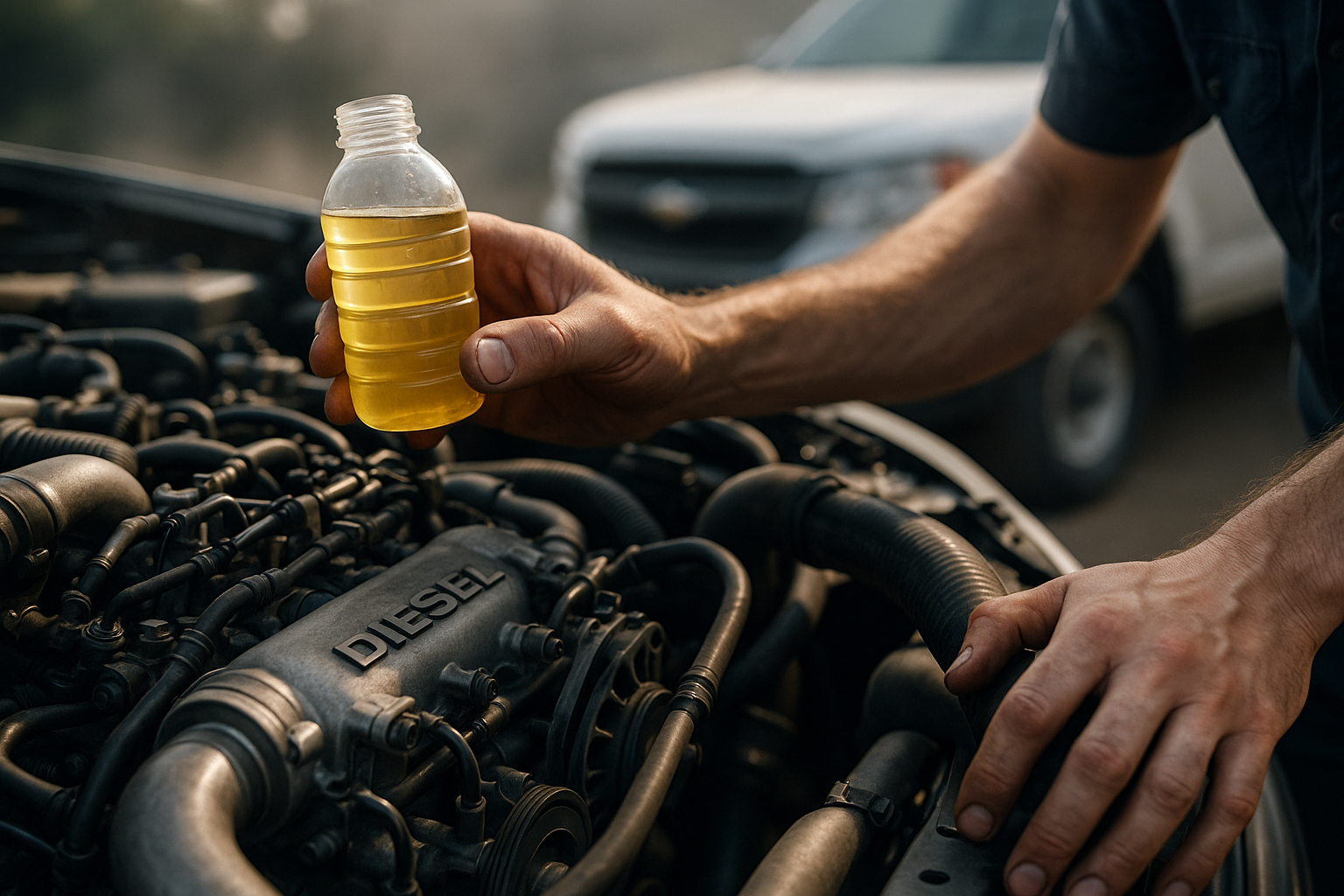Seasonal maintenance schedules for varied climates
Seasonal vehicle maintenance helps preserve reliability and safety across hot, cold, humid, and dry climates. This guide summarizes essential seasonal checks, climate-specific concerns for conventional, hybrid, and electric vehicles, and how consistent care supports warranty compliance, reduces depreciation, and influences financing and insurance outcomes.

Seasonal care tailored to local climate can prevent breakdowns, protect warranty coverage, and preserve resale value. Rather than a one-size-fits-all list, treat maintenance as a climate-aware routine: prioritize battery and antifreeze in cold regions, cooling and fluid checks in hot areas, and corrosion control in humid or coastal zones. Keep clear service records to support leasing terms, registration inspections, and any future sale or trade-in assessments.
maintenance: What seasonal checks are essential?
Every season should start with a baseline inspection: oil and filter where applicable, fluid levels and condition, visible brake wear, tire pressure and tread depth, and windshield wipers. In winter climates, verify antifreeze concentration and heater operation; in hot climates, inspect coolant hoses and radiator performance. Humid or coastal areas need underbody washes and closer attention to seams and fasteners to slow corrosion. Record mileage and service dates to maintain warranty and leasing compliance.
diagnostics: When should I schedule diagnostic checks?
Run a diagnostic scan before seasonal transitions and prior to long trips. Temperature shifts can expose marginal components: batteries may fail in cold, sensors may drift in heat, and emissions controls can behave differently during short trips. For hybrid and electric vehicles include battery health and charging-system diagnostics. Document diagnostic reports to track degradation over time, especially for high-voltage systems where gradual capacity loss affects range and future resale calculations.
emissions and repairs: How do climates affect emissions systems and repair needs?
Cold starts and short winter trips can increase unburned fuel and stress catalytic systems, while summer heat can accelerate evaporation losses and expose weak evaporative emissions hoses or seals. Salt and moisture after winter increase corrosion risk for exhaust and suspension components. Address warning lights early, inspect hoses and clamps seasonally, and schedule exhaust and emissions tests where required for registration. Early repairs cost less and limit secondary damage that raises insurance or warranty concerns.
warranty, financing, and resale: How does seasonal maintenance influence costs?
Adhering to scheduled maintenance preserves warranty eligibility and protects against penalties at lease return. Lenders and buyers often review documented service histories; consistent records can reduce perceived risk, slow depreciation, and improve financing or resale negotiations. Regular maintenance may also reduce insurance claims from avoidable mechanical failures. Keep receipts and service logs, and understand which maintenance items remain your responsibility under leasing or financing agreements to avoid unexpected charges.
hybrid and electric: What special seasonal considerations apply?
Electric and hybrid vehicles are affected by temperature in ways that influence range and component stress. Cold temperatures reduce battery efficiency and charging speed; extreme heat can shorten battery life or require active cooling. Follow manufacturer guidance on preconditioning, charging practices, and tire pressure to optimize efficiency. While EV drivetrains require less mechanical service, electronic systems, high-voltage battery monitoring, and software updates need periodic checks to protect warranties and inform resale expectations.
Cost and provider comparisons: Typical seasonal service costs
Below are representative providers and rough cost ranges for common seasonal services. Actual pricing varies by location, vehicle model, and service level. Use these figures as general benchmarks when planning seasonal maintenance budgets.
| Product/Service | Provider | Cost Estimation |
|---|---|---|
| Oil change (conventional) | Jiffy Lube | $35–$75 |
| Tire rotation and balance | Firestone Complete Auto Care | $20–$60 |
| Battery replacement (ICE) | AutoZone/Local Dealer | $75–$250 |
| EV/Hybrid battery module service | Dealer/Tesla Service | $800–$4,500 |
| Diagnostics scan | Independent shop/Dealer | $0–$150 |
| Emissions test/inspection | State/local testing center | $15–$70 |
Prices, rates, or cost estimates mentioned in this article are based on the latest available information but may change over time. Independent research is advised before making financial decisions.
Seasonal maintenance tuned to your local climate reduces downtime, supports warranty and leasing terms, and helps manage long-term ownership costs. Regular inspections of climate-sensitive systems—cooling and fluids in hot areas, batteries and antifreeze in cold regions, and corrosion control in humid zones—combined with clear service documentation, assist with registration requirements, insurance considerations, and resale or financing outcomes.





